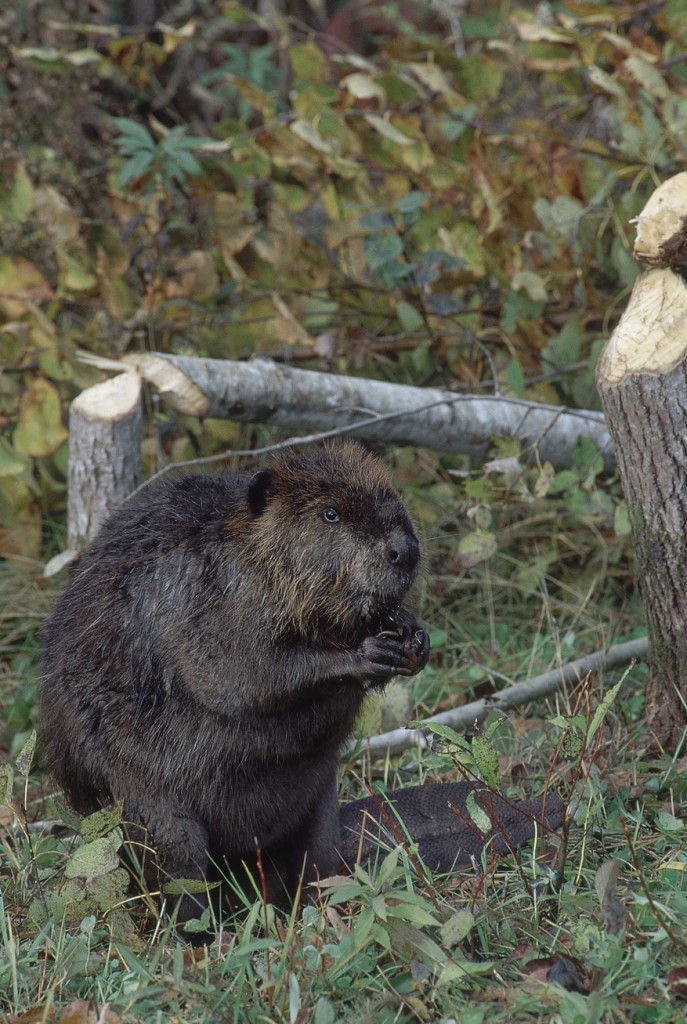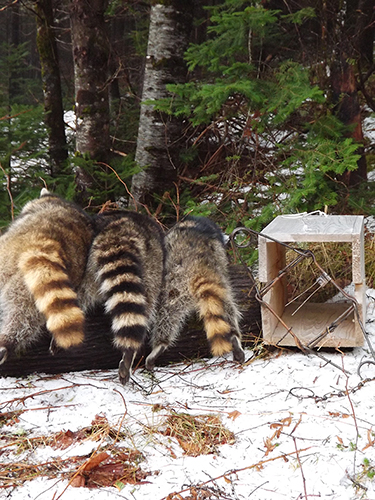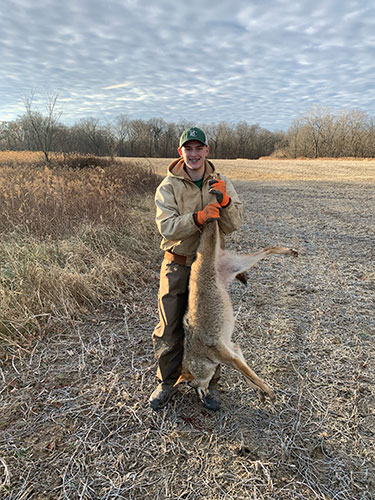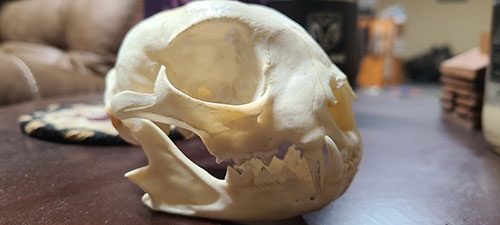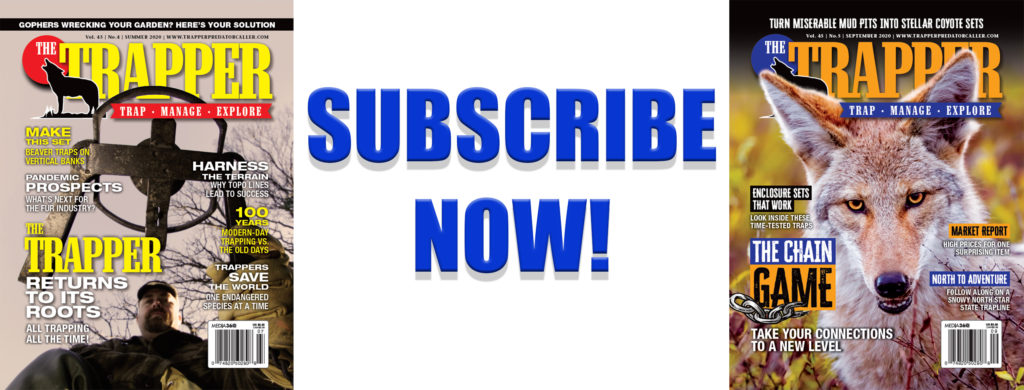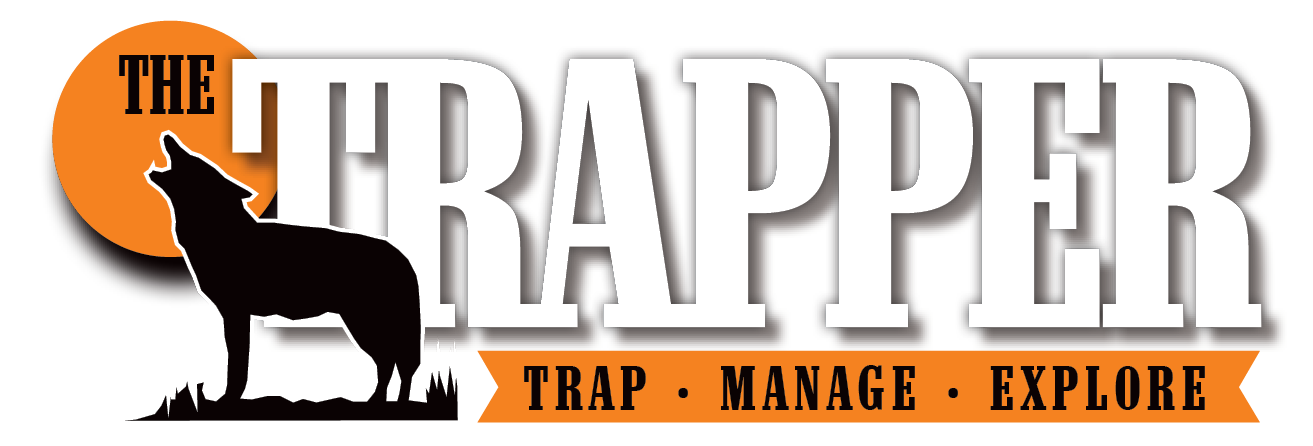By Serge Lariviére
Fur Harvesters Auctions (www.furharvesters.com) just finished hosting their second wild fur sale of the year in North Bay, Ontario, on May 26, 27 and 28, 2023, and their results solidified the positive trends that we saw at their March 2023 sale. In a nutshell, prices for almost all species remained stable and very similar to those of March 2023 — which, for most of us, is good news because March 2023 prices had moved up from previous years.
In May 2023, beaver prices remained good with averages dancing in the $30 USD range, depending on section. The hatter market continues to drive beaver prices upward, and as long as the fur is prime and the underfur is thick, the hatter market will even take “imperfect” skins and pay well. Beaver is the backbone to most Northern traplines, and almost everyone in the U.S.A. and Canada has beavers on their traplines. At $30 USD average for the skin, plus the potential value of castor glands, plus the meat, beaver is probably a safe bet for the upcoming trapping season, but once again, it pays to wait for fur to prime as much as possible before harvesting.
Castoreum did not sell at this past sale, and my sources indicate that the market hit some bumps, not because of demand, but because of shipping costs. It is possible that the dip in market price may be temporary, so holding off to inventory may be a wise strategy. Local dealers will pay anywhere from $40-$60 USD per pound, but once the shipping issue is resolved, these prices should go back to $75-$80 per pound. Handle your castor glands well, do not leave meat attached, do not overdry and do not puncture them. Castor glands on a big beaver easily add $10-$20 per catch — so large beavers may bring you in hand close to $50 USD — more if you find a meat market! For this reason, I think beaver will rank at the top of the “profit species” for the upcoming trapping season.
Other water animals did not fare so well. Muskrats were once again unsold at Fur Harvesters, again because they expect the price to climb eventually, but we are not there yet. Wild mink went up to a $8.84 USD average (compared to $3.55 USD in March 2023) — a significant step, but still a long way from what we deem fair for such a nice animal. River otters remained stable and continue to bring $27-$29 average.
Raccoons remain tough to sell, and averages for all sections remain below $10 USD. Western heavy skins — those of big, Northwestern raccoons, dropped from $9.13 average in March 2023 to $3.38 average in May 2023. There is simply no demand for raccoons right now — that market being directly affected by the Russia-Ukraine war, and until that crisis is resolved, the raccoon market is unlikely to recover to anything that trappers feel as acceptable. Catch of raccoons is extremely low in most areas, and I suspect very few trappers target raccoons on a large scale on purpose.
Coyotes are another important furbearer on many traplines, and one that trappers love to catch because of the challenge and also because of the benefit of coyote removal for deer and livestock predation. Coyote fur has been losing ground in popularity as fur trim on parka hoods, and the prices now sit at low levels, with Western pelts averaging $24.87 and Eastern skins $11.20. Most local dealers in the East will not pay more than $5 for a whole, unskinned coyote, and thus the price makes coyote trapping almost a pure act of wildlife management.
Red fox, another long fur that has been at low levels for a while, also remained stable at $10-$20 average based on section, with Northern skins bringing closer to $20 and Western or Eastern skins closer to $10 USD. Gray fox remained low at a $11.63 average for Eastern skins and $9.85 for Western skins.
Marten, fisher and Canada lynx also remained stable and at decent prices with averages for marten at $41.48 overall, fisher at $43.79 for males and $34.48 for females. Canada lynx sold for $114.22 on average, a very slight dip from the $121.61 average of March 2023.
Bobcats also remained decent, but not exceptional, with averages of $251.59 for Western skins and $126.37 for Canadian skins. Bobcat top price, usually the highest price paid for any skins, was $1,000 at the past Fur Harvesters sale, but this was topped by a timber wolf pelt that sold for $1,040 USD!
Taxidermy skins continue to sell well, and any special animal harvested by a trapper should be skinned complete with legs and claws, as it likely will end up being bought for taxidermy. A wise trapper may also inquire with local taxidermists — their needs vary based on the orders they have, but many taxidermists maintain lists of special wants for certain clients (unsual colors, albino animals, exceptional size, etc.). In case of doubt, freeze the animal intact before you skin it, and call or email a few taxidermists. You never know who may need that special animal you just captured! Black bears fit this category very well, as most taxidermists need skins to replace those of clients who want full mounts but failed to properly cool the animal rapidly after the kill.
So overall, another good sale for wild fur, and at least, we maintained the price increases we had gained at the March 2023 sale. We surfed on high coyote prices for almost 10 years, and now our coyotes are tough to sell, but the beaver market is heating up — and we must adapt to that condition.
As you plan your trapping operations for this season, do not forget that prime skins always remain easier to sell, even in difficult years. And for 2023, make sure that your 330s and large footholds are ready to go — any beaver opportunity on your trapline will be worth exploiting!
